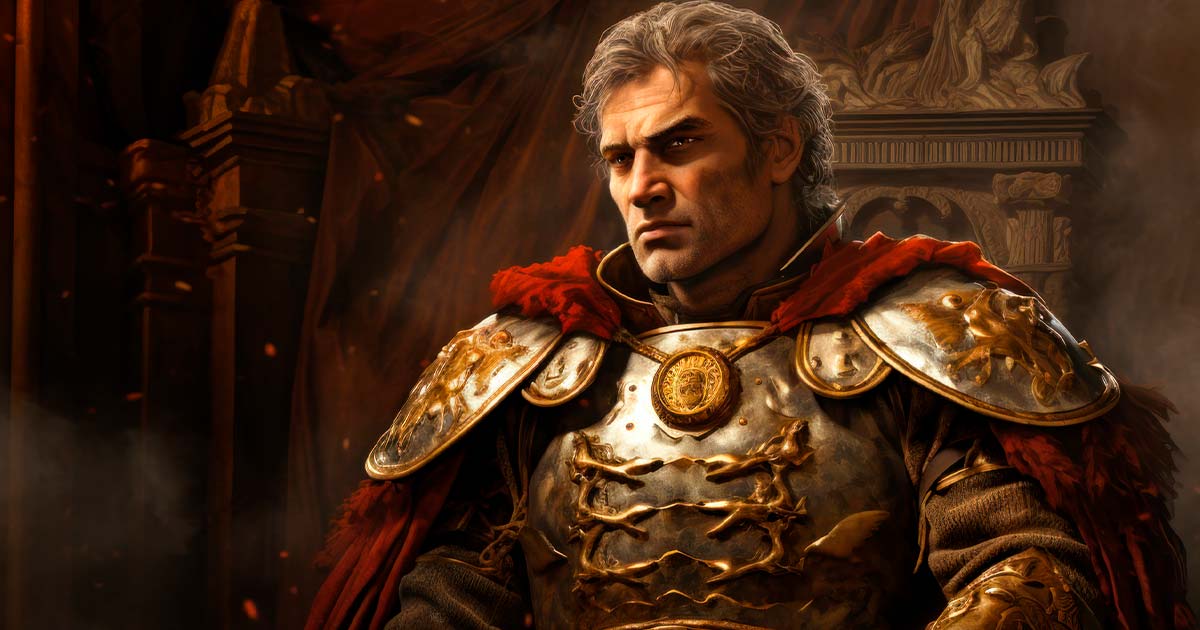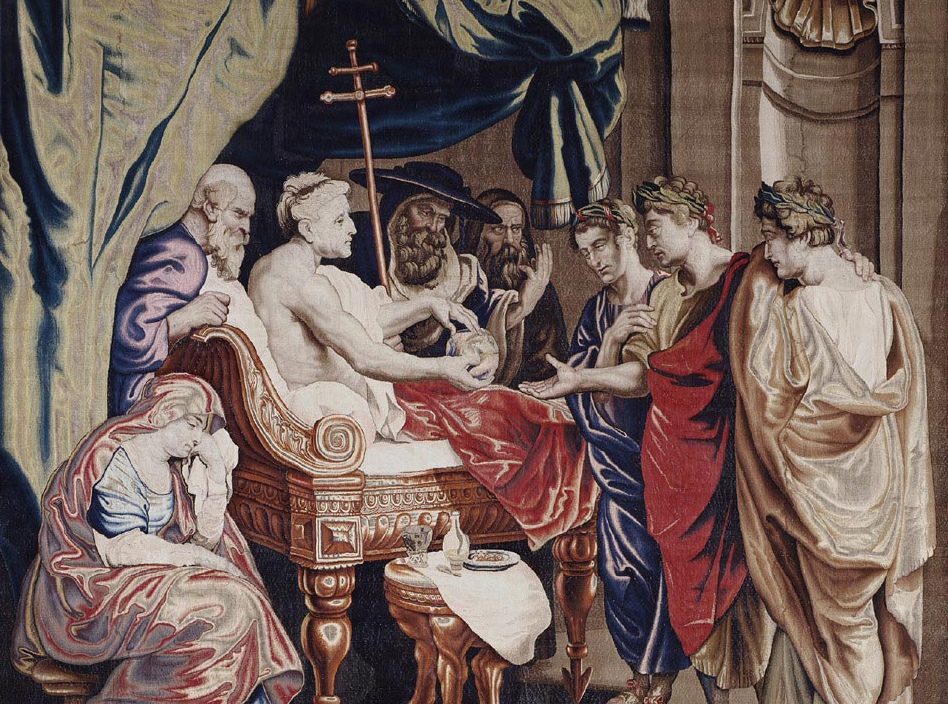The Fall of Constantine Raised the Risk of the Roman Empire Dividing


Constantine’s demise in 337 AD marked a turning point in the Roman Empire’s trajectory. After his death, the city of Constantinople, which he had fostered, thrived while Rome, the former capital in the west, withered. The empire ultimately fractured into east and west, each under its own emperor. This division left both vulnerable to internal strife and external threats. The fifth century witnessed barbarian hordes sweeping across the Western Empire, inflicting significant blows. Rome, once the seat of immense power, suffered invasions by the Goths and Vandals before finally succumbing in 476. It was a momentous fall, as Rome, which had ruled for eight centuries, was now under foreign dominion. But this didn’t signify the end of the Roman Empire; rather, it symbolized its resilience.

Constantinople, the new eastern capital, epitomized Rome’s capacity to adapt and flourish. It breathed new life into the empire, preserving its legal principles, technological advancements, and artistic and architectural genius. This legacy endured, inspiring the Renaissance and shaping the modern world. The eastern empire, known as the Byzantine Empire, witnessed a revival, even retaking some of the old western territories before eventually yielding to the Arab conquests and, ultimately, the Ottoman Turks in 1453. Even with Constantinople’s fall, the ideas championed by Constantine persisted. His embrace of a revolutionary religious message spurred social reforms that continue to influence our world today.